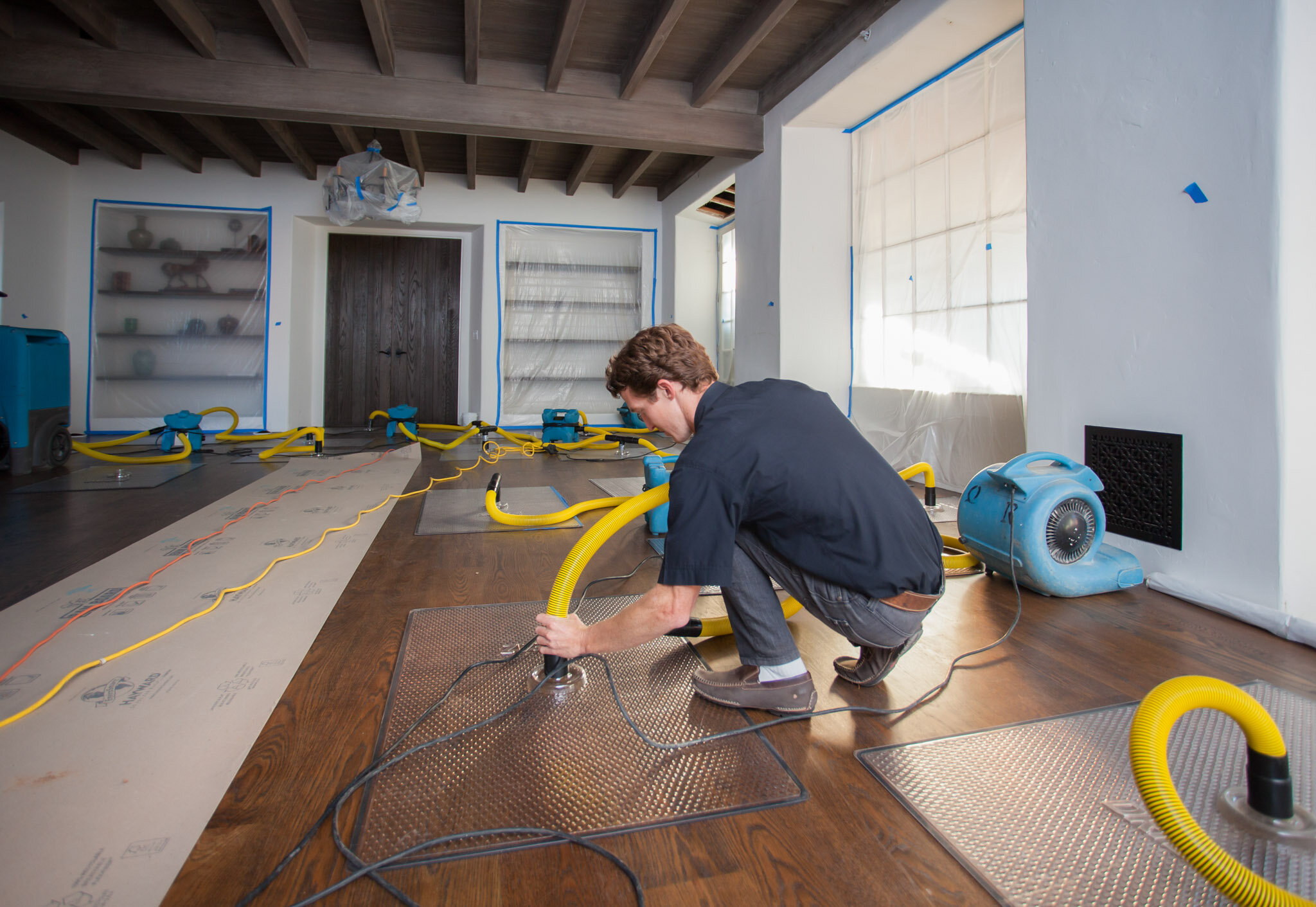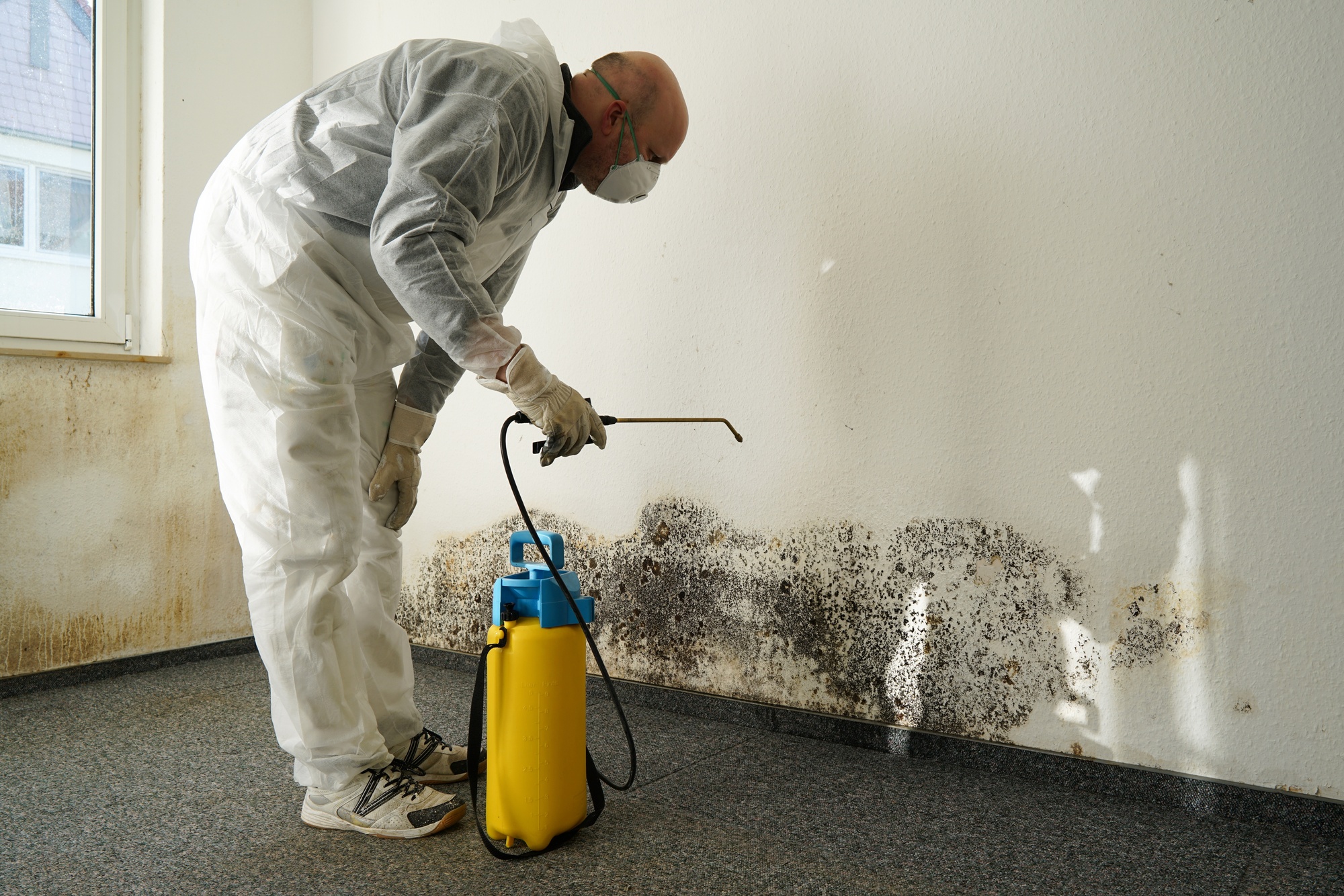Top Tips for Effective Water Damage Restoration: Protect Your Property Today
Water damage can strike unexpectedly, triggering significant interruption and prospective threats. Efficient restoration calls for a methodical method to lessen further harm. From examining the damage to applying safety nets, each action plays a crucial function in safeguarding residential or commercial property. Understanding these methods can make all the distinction in the consequences of a water-related crisis. What essential activities should be prioritized to ensure extensive defense?
Assess the Damage Quickly
When a water damage event happens, it is vital to analyze the damage instantly to minimize further issues. This preliminary assessment aids identify the degree of the damage and recognizes impacted areas. Water can leak into wall surfaces, floorings, and furnishings, resulting in mold development and structural instability otherwise resolved promptly. An extensive evaluation must include checking for discoloration, wetness, and stuffy odors, which indicate dampness presence. It is additionally crucial to document the damage with photos and notes for insurance coverage purposes. Engaging specialists for an extra thorough evaluation may be required, specifically when dealing with considerable or hidden damage. Water Damage Restoration. Early recognition and exact evaluation lay the structure for effective restoration and protect the property from added problems
Turn off the Water System
Shutting down the supply of water is a vital step in stopping more damage during a water-related occurrence. When a leakage or flooding happens, instant activity is crucial to decrease the degree of the damage. Situating the primary water shut-off valve ought to be a top priority. This valve is usually located near the water meter or where the water line enters the residential property. As soon as situated, transforming the valve clockwise will certainly quit the flow of water. In instances where the major valve is hard to reach, specific shut-off valves for appliances might also be utilized. Without delay turning off the water not only safeguards the building from added injury but additionally helps with the succeeding restoration process, guaranteeing that healing efforts can start immediately.
Get Rid Of Excess Water Immediately

Eliminating excess water quickly is essential for reducing damage and avoiding mold development in influenced locations. The longer water continues to be touching products such as wood, insulation, and drywall, the greater the threat of architectural damage and the advancement of mold and mildew. Residential Water Damage Repair. Homeowners must act rapidly to examine the scenario and use suitable devices, such as wet vacuum cleaners or pumps, to extract standing water efficiently. If the quantity of water is considerable, calling professional restoration services might be needed, as they can offer customized devices and proficiency. In addition, getting rid of furniture and items from the afflicted area can assist to minimize damage and facilitate the total restoration procedure. Timely activity not just shields property however also aids in a smoother recovery trip
Dry the Affected Area
After getting rid of excess water, it is necessary to dry out the afflicted area thoroughly. This includes removing any type of standing water and boosting air flow to help with dissipation. Effective drying out will certainly help protect against mold and mildew development and additional damage.

Remove Standing Water
Swiftly resolving standing water is critical for efficient water damage restoration. The existence of stationary water can lead to additional property damage and create an environment favorable to mold development. To alleviate these dangers, it is necessary to eliminate standing water as promptly as possible. This procedure generally entails using submersible pumps, wet vacuums, or specialized extraction tools. Professionals suggest assessing the depth and extent of the water prior to choosing the appropriate approach for elimination. Security preventative measures should additionally be taken, consisting of putting on safety gear and ensuring electricity is transformed off in affected areas. As soon as the standing water is properly gotten rid of, the drying process can start, better safeguarding the building from ongoing damage.
Increase Air Flow
Improving air circulation is important for successfully drying out areas affected by water damage. This process aids to accelerate dissipation, reducing the threat of mold and mold development. Professionals commonly recommend making use of followers to produce a constant air flow throughout the area. Placing box fans in home windows can attract fresh air, while high-velocity fans can route airflow towards moist surfaces. Water Damage Restoration. Additionally, opening up windows and doors permits cross-ventilation, boosting the drying procedure. Dehumidifiers can additionally be utilized to remove excess dampness from the air, further assisting in drying out. By making sure that air distributes openly, homeowner can considerably decrease the long-term effects of water damage and secure the integrity of their structure
Inspect for Mold Growth
Mold and mildew development is a significant issue following water damage, as it can lead to health and wellness issues and structural damage. After any flooding or leaks, it is vital to carry out an extensive assessment of the affected locations. This consists of monitoring covert spaces such as behind walls, under rugs, and in basements or attics where moisture may remain. Signs of mold and mildew consist of a mildewy smell, discoloration on surface areas, or noticeable growth. Homeowner must use safety equipment when examining, as mold and mildew spores can present wellness dangers. If mold and mildew is spotted, it is important to resolve it instantly, as postponing removal can aggravate the trouble and boost the risk of serious health problems for owners. Early intervention is key to effective mold management.

Repair Service and Bring Back Damaged Frameworks
When attending to water damage, it is necessary to initial analyze the architectural integrity of the impacted areas. This evaluation helps determine prospective dangers and informs the necessary repair methods. Engaging professional restoration solutions assures that the restoration procedure is conducted securely and properly.
Analyze Structural Stability First
Before starting any water damage restoration, it is crucial to examine the structural honesty of the afflicted area. This assessment helps determine any type of compromised aspects, such as wall surfaces, light beams, or find out this here structures, which might position safety threats - Water Damage Restoration. Checking for indicators of bending, fracturing, or mold growth is critical, as these indications can reveal underlying damage that needs prompt attention. In addition, understanding the extent of the damage can direct restoration initiatives and establish whether repair work are possible or if substitute is essential. It is essential to document searchings for extensively, as this information can be useful for insurance coverage cases or future recommendation. Focusing on architectural evaluation warranties that restoration initiatives proceed securely and properly, eventually securing the home and its passengers
Use Specialist Restoration Services
Utilizing expert restoration solutions is crucial for efficiently fixing and restoring broken frameworks after water cases. These professionals have the necessary training, devices, and experience to mitigate and analyze water damage completely. They can identify hidden problems, such as mold development and structural weak points, that may not be quickly noticeable. Specialist solutions additionally utilize advanced drying out methods and equipment, guaranteeing that all wetness is eliminated to prevent additional damage. Additionally, they stick to industry standards and laws, guaranteeing that the restoration process is efficient and risk-free. By involving restoration professionals, residential or commercial property proprietors can quicken recuperation, reduce lasting damage, and ultimately safeguard their financial investment. This aggressive method is important in preserving the honesty and safety of afflicted frameworks.
Protect Against Future Water Damage
To effectively stop future water damage, house owners must embrace an aggressive method to upkeep and repair work. Routine inspection of downspouts, roofing systems, and rain gutters is vital; blocked rain gutters can lead to water overflow and roofing system leakages. In addition, examining for leaks in pipes fixtures and appliances can thwart potential damage. Property owners should also take into consideration mounting sump pumps in basements or low-lying areas to take care of water buildup. Securing splits in structures and making sure correct drainage around the property are important action in guarding versus water intrusion. Maintaining humidity levels with dehumidifiers can avoid mold and mildew development. By implementing these preventive actions, house owners can substantially decrease the danger of water damage and secure their residential or commercial property for the long term.
When a water damage event takes place, it is necessary to evaluate the damage promptly to reduce further concerns (Water Damage Restoration). Getting rid of excess water promptly is necessary for reducing damage and avoiding mold growth in impacted locations. Swiftly resolving standing water is critical for reliable water damage restoration. The existence of stationary water can lead to further home damage and create an atmosphere conducive to mold and mildew growth. Before initiating any water damage restoration, it is important to evaluate the architectural honesty of the damaged location